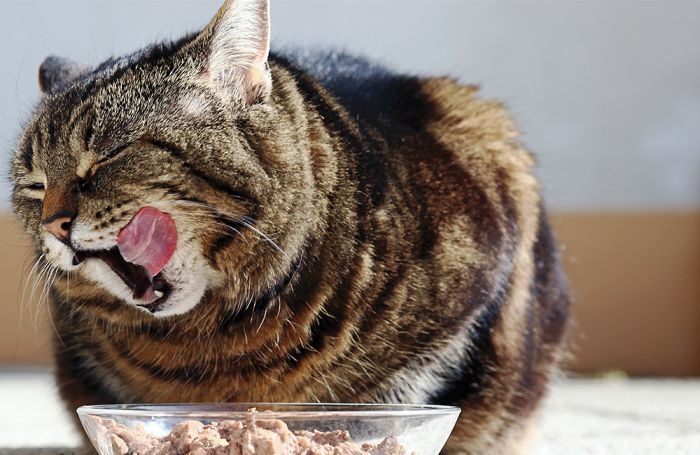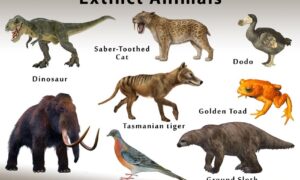Do Cats Need Wet Food? Understanding Your Feline’s Nutritional Needs
Cats are beloved companions that bring joy and warmth to our lives. As responsible cat owners, it is crucial to understand and meet their nutritional needs. One question that often arises is whether cats need wet food. In this article, we will explore the importance of nutrition for cats and delve into the benefits of wet food. By the end, you will have a better understanding of your feline friend’s dietary requirements.
1. Introduction
Proper nutrition plays a vital role in maintaining a cat’s overall health and well-being. Just like humans, cats require a balanced diet to thrive. While dry food is commonly chosen for its convenience, wet food can offer numerous advantages. Let’s explore the differences and benefits of wet food versus dry food for cats.
2. The Importance of Nutrition for Cats
Before we dive into the wet food debate, it’s essential to recognize the significance of nutrition for our feline friends. Cats are obligate carnivores, which means their bodies are designed to derive essential nutrients from animal sources. A well-rounded diet helps support their immune system, maintain healthy weight, promote optimal digestion, and prevent various health issues.
3. Wet Food vs. Dry Food
Wet food and dry food differ primarily in their moisture content. Dry food typically contains around 10% water, while wet food has a much higher moisture content, ranging from 75% to 85%. This disparity in water content has significant implications for a cat’s health.
4. Benefits of Wet Food for Cats
4.1 Enhanced Hydration
Cats have a low thirst drive, which can lead to inadequate water intake. Wet food provides an excellent solution to this issue as it significantly increases a cat’s moisture intake. The higher water content in wet food helps prevent dehydration, reduces the risk of urinary tract problems, and promotes kidney health.
4.2 Digestive Health
The moisture-rich nature of wet food aids in maintaining healthy digestion. Cats with sensitive stomachs or prone to constipation can benefit from the increased hydration provided by wet food. Additionally, the soft texture of wet food is gentler on the digestive system, making it easier to digest and absorb essential nutrients.
4.3 Weight Management
Obesity is a prevalent issue among cats, and it can lead to various health complications. Wet food can be an effective tool in managing weight because it typically has fewer carbohydrates and fewer calories than dry food. The higher protein content in wet food also helps cats feel satiated for longer, reducing the chances of overeating.
5. Nutritional Requirements of Cats
To ensure our cats receive a balanced diet, it is crucial to understand their nutritional requirements. Here are some key elements to consider:
5.1 Protein
Protein is an essential component of a cat’s diet, as it aids in muscle development, tissue repair, and the production of necessary enzymes. Wet food is generally higher in protein than dry food, which aligns with a cat’s natural dietary preferences.
5.2 Water
As mentioned earlier, cats have low thirst drive, making it important to ensure they consume an adequate amount of water. Wet food helps supplement their water intake, ensuring proper hydration.
5.3 Essential Nutrients
Cats require specific nutrients, such as vitamins, minerals, and fatty acids, to support their overall health. High-quality wet food is formulated to meet these nutritional needs, providing a well-rounded diet for your feline companion.
6. Wet Food and Dental Health
One concern often raised about wet food is its potential impact on dental health. It is true that dry food can help mechanically clean a cat’s teeth, but the contribution to oral hygiene is limited. Regular dental care, such as brushing and professional cleanings, remains crucial regardless of the type of food you choose.
7. Transitioning to Wet Food
If you have been feeding your cat dry food exclusively, transitioning to wet food may require some adjustments. It is best to introduce wet food gradually, mixing it with the dry food initially. Slowly increase the proportion of wet food over time until your cat has fully adapted.
8. Feeding Guidelines for Wet Food
When it comes to feeding wet food to your cat, it’s important to follow appropriate guidelines. The quantity of food required depends on factors such as age, weight, activity level, and overall health. Consult with your veterinarian to determine the ideal feeding routine and portion sizes for your furry friend.
9. Common Myths About Wet Food
There are several myths and misconceptions surrounding wet food for cats. Let’s debunk a few of them:
- Myth 1: Wet food causes dental problems.
- Myth 2: Wet food is nutritionally incomplete.
- Myth 3: Wet food is too expensive.
- Myth 4: Cats will become picky eaters if given wet food.
In reality, wet food can be a healthy and valuable addition to a cat’s diet when chosen thoughtfully.
10. Conclusion
Understanding your cat’s nutritional needs is essential for their overall health and well-being. While both wet food and dry food have their merits, wet food offers unique advantages, including enhanced hydration, improved digestive health, and weight management support. By incorporating wet food into your cat’s diet, you can provide a balanced and satisfying meal that meets their natural dietary preferences.
Frequently Asked Questions (FAQs)
- Can I feed my cat wet food every day?
- Yes, wet food can be fed to cats daily. It is important to ensure that the wet food you choose meets their nutritional requirements.
- What is the best way to introduce wet food to my cat?
- Introduce wet food gradually by mixing it with their regular dry food. Slowly increase the proportion of wet food over time.
- How much wet food should I feed my cat?
- The quantity of wet food required depends on various factors such as age, weight, activity level, and overall health. Consult your veterinarian for specific feeding guidelines.
- Can wet food help with my cat’s urinary tract health?
- Yes, the increased moisture content in wet food can help maintain a healthy urinary tract by promoting proper hydration.
- Is wet food more expensive than dry food?
- While wet food may have a higher price per serving, it offers numerous health benefits and can be a worthwhile investment in your cat’s well-being.
Remember, providing a balanced and nutritious diet is crucial for your feline companion’s long-term health. Consult with your veterinarian to determine the best diet plan for your cat’s specific needs.
Read More:Dry vs Wet Cat Food: A Comprehensive Comparison
















